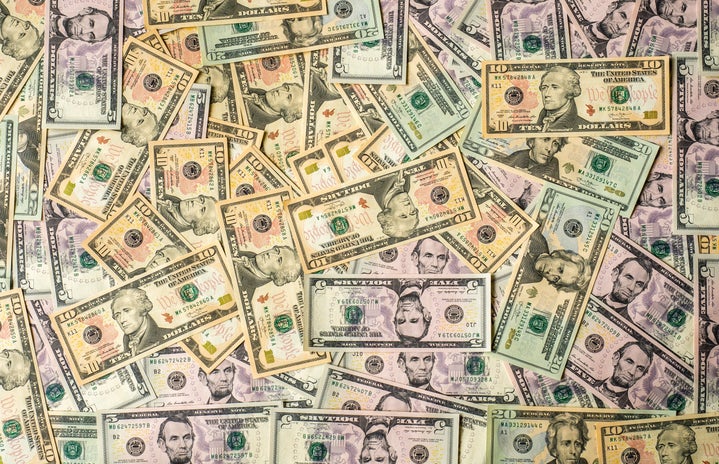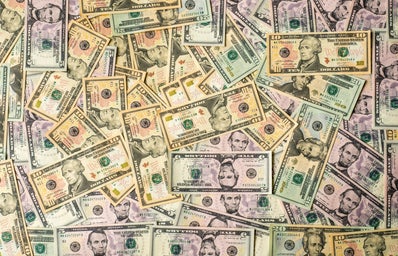From the Queen of England to leading New Zealand suffragist Kate Sheppard, finding women on currency is not uncommon in the Western world. In Australia, every single bill hosts a historical female figure on one side. Unfortunately, this same focus on female representation is not the case in the United States.
In the U.S. there is currently only one piece of currency honoring a female in circulation. Sacagawea gold dollar coins were issued from 2000 to 2008. The coins honor a bilingual Shoshone woman who at the age of just 16 was vital to the well-known expeditions of Lewis and Clark. Despite a large U.S. Mint press tour, the coin did not meet hopes of becoming a new alternative to the dollar. Interestingly, the coins circulated down all the way to Ecuador and sustain popularity there to this day. Unlike U.S. citizens, coins are often preferred over cash bills by Ecuadorians. The citizens drew a personal connection to the coin, one woman telling the ‘Miami Herald’, “I always thought she was one of us.”
Prior to Sacagawea, suffragist and abolitionist Susan B. Anthony was on the silver dollar coin. Anthony dedicated her life to working for the rights of women under the American Equal Rights Association along with Elizabeth Cady Stanton. She also helped found the National American Women’s Association and led the organization until 1900. Anthony also was an American Anti-Slavery agent, using her platform to draw attention to racial injustice. The Mint introduced this coin in 1979 as an effort by the department to cut down on paper bill manufacturing costs. However, the silver coin was often confused with a quarter and led to a lack of usage.
Black women have contributed to this nation since its founding days but have been completely left out of displays of recognition on U.S. currency. The Obama administration announced abolitionist and Underground Railroad leader Harriet Tubman would replace former President Andrew Jackson on the $20 bill in 2013. The original plan to release the bill in 2020, was derailed by the election of Trump in 2016. The Biden Administration announced in January that the Treasury Department is picking off where the Obama Administration left the major change to replace the image of a slave owner with one of a historic Black female figure. While this is a step towards production, ‘The Insider’ reports the bill is likely to not be a reality until 2030, 17 years after the initial plan was introduced by Obama.

The future of women’s representation on currency is bright despite the lack of acknowledgment of the past. On February 10, the U.S. Mint announced the American Women Quarters Program, set to begin in 2022 and end in 2025, releasing quarters each year that feature notable women — Maya Angelou, Dr. Sally Ride, Wilma Mankiller, the first female principal chief of the Cherokee Nation, Nina Otero-Warren, a leader in New Mexico’s suffrage movement and Anna May Wong, the first Chinese American film star in Hollywood.



